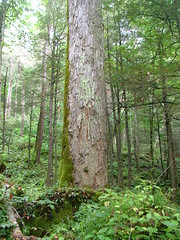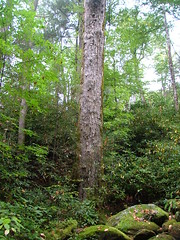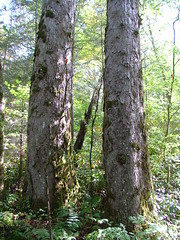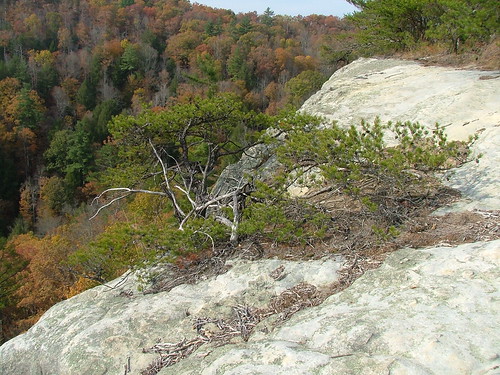It has the entire globe and continents available as pdfs. It also has a web based mapping interface, that isn't currently working for me.

Posted by Chris M Tuesday, October 28, 2008

Posted by Chris M Saturday, October 25, 2008




Posted by Chris M Thursday, October 23, 2008

Posted by Chris M Monday, October 6, 2008
Posted by Chris M Wednesday, October 1, 2008
It is hereby declared to be the policy of the United States that certain selected rivers of the Nation which, with their immediate environments, possess outstandingly remarkable scenic, recreational, geologic, fish and wildlife, historic, cultural, or other similar values, shall be preserved in free-flowing condition, and that they and their immediate environments shall be protected for the benefit and enjoyment of present and future generations.Today, over 11,000 miles of 165 rivers are protect by the act. I couldn't find a good map showing all the rivers, so I created one.